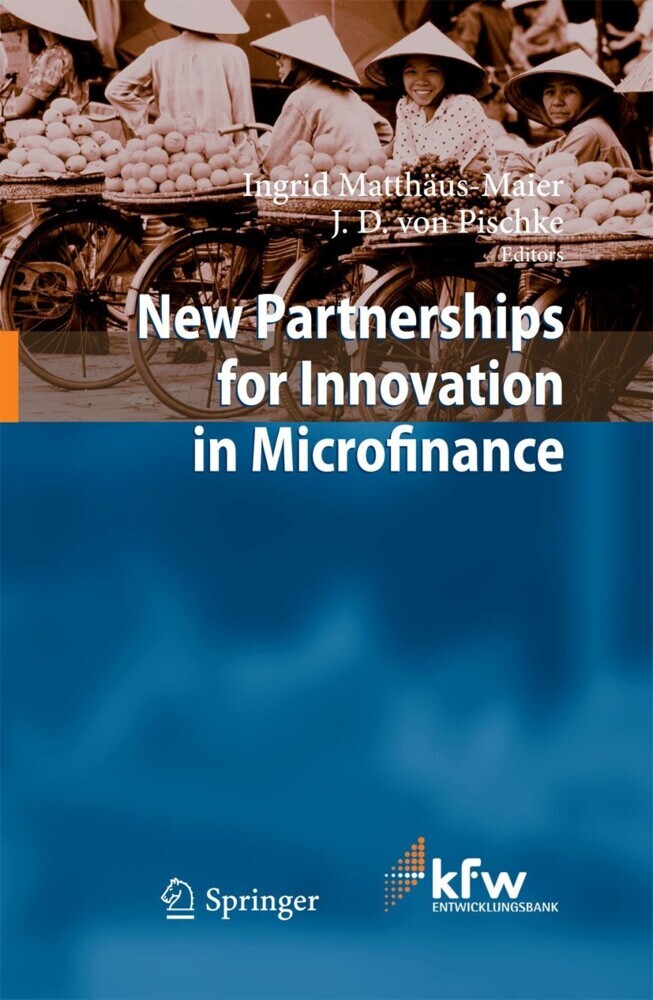Strategy and Organization of Corporate Banking
Reinhard H. Schmidt The impressive development of the finance literature with its emphasis on asset pricing and the formal modeling of incentive systems during the past three decades, has largely relegated the business and operational aspects of banking as an industry from the agenda of academic research. Though this is understandable, it is especially regrettable in view of the dynamic dev- opments in the banking industry which have started about a decade ago and are currently in full swing. Fortunately, there are now signs of a change to the effect that banking is back on the research agenda. The p- sent book by Professor De Laurentis and his co-authors is a highly inno- tive and interesting manifestation of this reorientation. Banking is an important part of any financial system, and it is especially important in the financial systems of the countries of Continental Europe, such as Italy, France, and Germany, which have been bank-based for d- ades and which are, in my view, likely to remain bank-based for the fo- seeable future. There are many reasons, based on empirical and theoretical considerations, to believe that strong banks are not only important for the banking industry itself, but also for the respective national economies.
Professor Giacomo De Laurentis is Professor of Banking and Director at the Banking and Insurance Department of Bocconi School of Management, Milan - Italy.
Professor Giacomo De Laurentis is Professor of Banking and Director at the Banking and Insurance Department of Bocconi School of Management, Milan - Italy.
1;Foreword;5 2;Table of Contents;8 3;Introduction;9 4;1 Theoretical Drivers of Divisionalization;17 4.1;1.1 Chapter Outline;17 4.2;1.2 Foundations of Organization Theory - Main Approaches;18 4.3;1.3 Characteristics of Basic Organizational Structures and the Multidivisional Form;21 4.4;1.4 Divisionalization and its Evolution in Industrial Segments;26 4.5;1.5 Types of Divisionalization;32 4.6;1.6 Role of Divisionalization by Market Segments;34 4.7;1.7 Performance Measurement in Divisionalized Form;37 4.8;1.8 Drivers of Divisionalization and Future Trends in Banking Organizational Change;39 5;2 Corporate Banking Strategies: Products, Markets and Channels;45 5.1;2.1 Chapter Outline;45 5.2;2.2 Mission of the Corporate Banking Area;46 5.3;2.3 Market Segmentation of Corporate Banking Area;54 5.4;2.4 Products and Services Designed for Corporate Customer;58 5.5;2.5 IT and Training Emerging Needs;64 5.6;2.6 Critical Aspects of Market, Product and Channel Strategies in the Corporate Area;66 6;3 Organizational Structures;71 6.1;3.1 Chapter Outline;71 6.2;3.2 The Level of Divisionalization of Corporate Banking Structures;72 6.3;3.3 Models of Macro-Structure Organization;81 6.4;3.4 Basic Models for the Structure at Head Office Level;88 6.5;3.6 Major Interactions Between the Corporate Area and Other Bank Units;102 6.6;3.7 Objectives and Performance Valuation in the Corporate Area;104 6.7;3.8 External Communication and Brand Choices;104 6.8;3.9 Critical Aspects for the Successful Design of Divisionalized Organizational Structures;105 7;4 Corporate Banker's Role and Credit Risk Management;115 7.1;4.1 Chapter Outline;115 7.2;4.2 The Corporate Banker's Tasks;115 7.3;4.3 The Tasks of the Corporate Banker's Assistant;118 7.4;4.4 The Corporate Banker's Portfolio;119 7.5;4.5 The Corporate Banker's Involvement in Loan Underwriting;121 7.6;4.6 Credit Risk Analysis and Rating System Structure;125 7.7;4.7 Credit Risk Control;133 7.8;4.8 The Management of Non-Performing Loans;134 7.9;4.9 The Exploitation of Information Synergies;135 7.10;4.10 The Corporate Banker's Competencies and Tools;138 7.11;4.11 The Corporate Banker's Role and Credit Risk Management: Critical Aspects;142 8;5 Operating Mechanisms;147 8.1;5.1 Chapter Outline;147 8.2;5.2 The Degree of Differentiation in Human Resources Management;147 8.3;5.3 The Degree of Differentiation in Planning and Management Control;152 8.4;5.4 Specificity Required/Pursued in Leadership and Corporate Culture;155 8.5;5.5 IT and Training Emerging Needs;158 8.6;5.6 Choosing the Operating Mechanisms: Critical Aspects;160 9;6 Information Systems;163 9.1;6.1 Chapter Outline;163 9.2;6.2 Differentiation and Organizational Separation of IT for the Corporate Area;164 9.3;6.3 Organizational Basic Models for the Corporate Area Information Systems;164 9.4;6.4 Application Acquisition/Development Basic Models;165 9.5;6.5 Involvement of the Corporate Area Operating Units in IT Decisions;166 9.6;6.6 Information Technology Solutions for Emerging Needs;167 9.7;6.7 Management of IT Investments in the Corporate Area;168 9.8;6.8 Management of Information Systems in Corporate Banking: Critical Aspects;170 10;7 Conclusions;175 11;References;191 12;List of Contributors;198
De Laurentis, Giacomo
| ISBN | 9783540267478 |
|---|---|
| Artikelnummer | 9783540267478 |
| Medientyp | E-Book - PDF |
| Auflage | 2. Aufl. |
| Copyrightjahr | 2005 |
| Verlag | Springer-Verlag |
| Umfang | 190 Seiten |
| Sprache | Englisch |
| Kopierschutz | Digitales Wasserzeichen |











